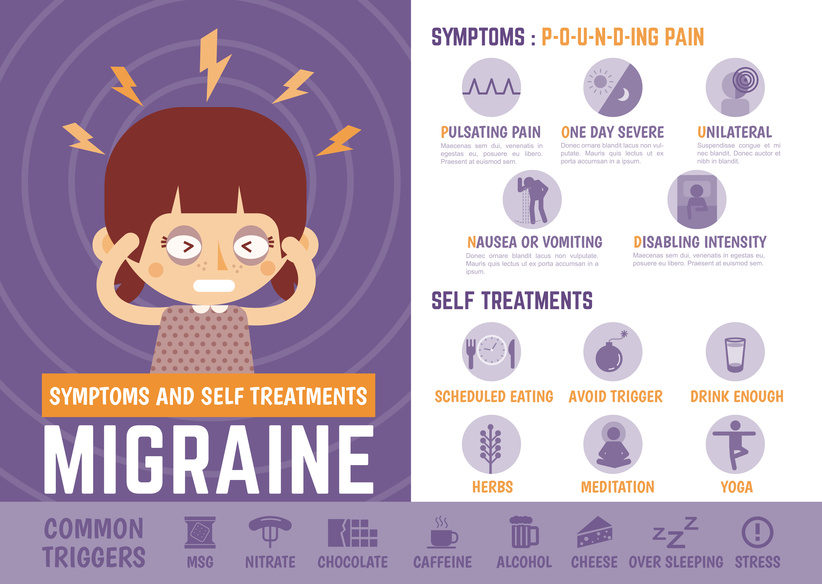June is Migraine Awareness Month
According to Migraine.com, in the U.S., more than 37 million people suffer from migraines. Some migraine studies estimate that 13 percent of adults in the U.S. population have migraines, and 2-3 million migraine sufferers are considered chronic. As a person who has struggled with migraines in my life, anything to lessen the severity and frequency of migraines is worth looking at. Although everybody’s chemical make-up is different, and each person’s triggers are different. Here are some common migraine triggers to watch out for.
Food
Wine
Up to 30% of people note that wine, especially red wine can trigger migraines. It is believed that compounds like tannins and flavonoids are to blame. The dehydration that comes along with drinking alcohol is also thought to contribute to migraines.
Caffeine
Too much caffeine is linked to migraines. Limiting your daily caffeine intake to 8-12 ounces can help in decreasing your migraine chances.
Aged Cheeses, cured meats
Especially in Wisconsin, we love our cheese and sausage, but some of them may be contributing to your migraines. It is thought that tyramines in the cheese and sodium nitrate in cured meats may lead to migraines.
Food Additives
Aspartame, found in many food items as a sweetener, and monosodium glutamate (MSG) found in Chinese food, puddings, and other shelf-stable foods have been linked to migraines.
Other Migraine Triggers
Hormonal changes
It has been found that the fluctuations in estrogen can trigger headaches. Women tend to report migraines before or during their menstrual cycle when estrogen sees a major drop. Also during pregnancy and menopause, when hormones are changing, some women may notice an increase in migraines.
Environmental changes
Changes in the barometric pressure can prompt migraines
Sensory stimuli
Bright lights, strobe lights, sun glare, loud sounds, and strong scents from perfume, paint thinner, or smoke can all trigger migraines.
Stress, Sleep, and Activity level
All of these can greatly affect your body. Being stressed out, having your sleep pattern disrupted, and overdoing activity can all trigger a migraine.
Currently, there is no one size fits all cure to migraines. Working with your physical and occupational therapist along with a collaborative team can help decrease the frequency of migraines and allow you to catch your migraines before they get too out of hand. Daily moderate aerobic exercise can reduce stress, lead to weight loss, and decrease migraines. By keeping a daily journal of foods, medications, and exercise, you may be able to begin narrowing down your migraine triggers.

